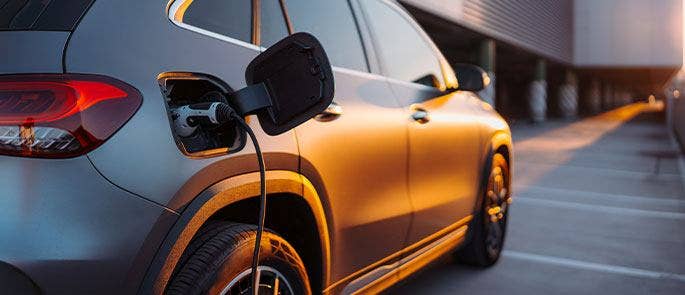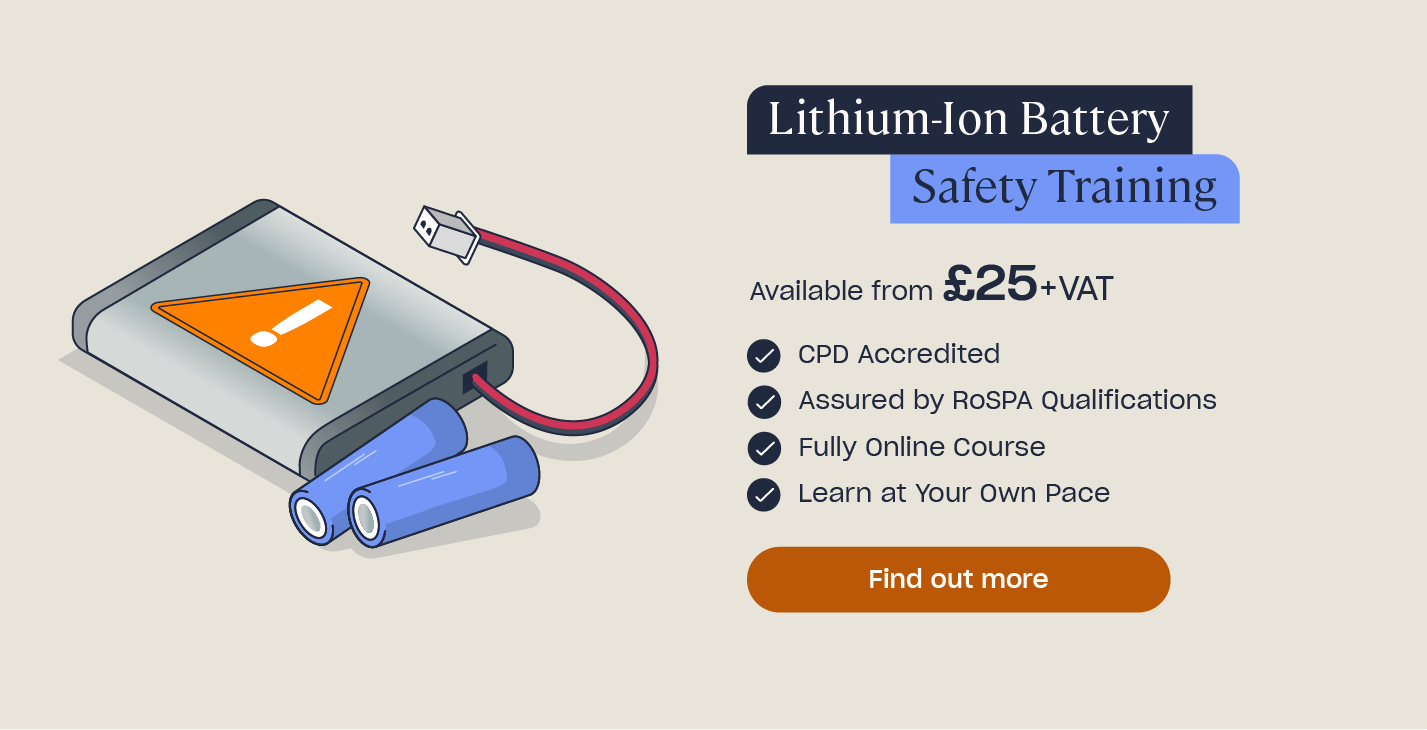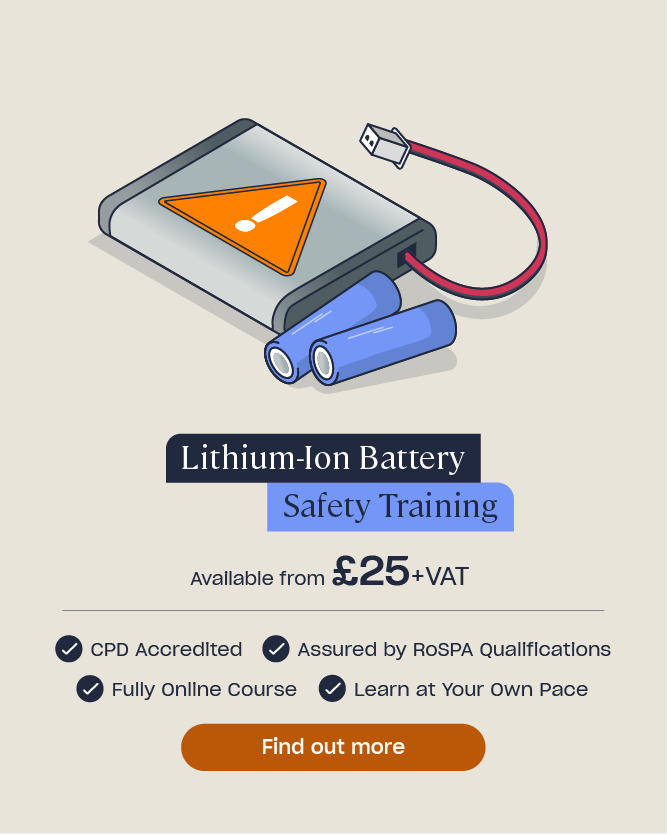Lithium-Ion Batteries Explained: Uses and Safety Risks
Lithium-ion batteries are an essential part of modern life, powering everything from smartphones to electric cars. Their popularity is due to their ability to store a large amount of energy in a compact and lightweight form. In this article, we’ll explore what lithium-ion batteries are, where they are used, their main advantages and the potential risks of lithium-ion batteries to be aware of.
What is a Lithium-Ion Battery?
A lithium-ion battery is a type of rechargeable battery that uses lithium ions as its main component. Unlike traditional batteries that rely on metals like lead or nickel, lithium-ion batteries use lithium because it is the lightest metal with a high energy density. This means they can store more energy relative to their size and weight than traditional batteries.

Compared with older battery types, such as nickel-cadmium (NiCd) or lead-acid batteries, lithium-ion technology offers greater efficiency, lighter weight and improved performance.
Lithium-ion batteries are typically made up of several key components:
- A cathode (positive electrode).
- An anode (negative electrode).
- An electrolyte that allows ions to move between the electrodes.
- A separator that prevents short circuits.
When charging, lithium ions move from the cathode to the anode and when discharging, the process reverses to produce power.
What are Lithium Batteries Used For?
Lithium-ion batteries are used across a wide range of everyday devices and equipment. Their versatility and reliability have made them the standard choice in modern-day technology, on both a small consumer level and larger industrial scale. Their ability to be recharged many times makes them particularly suited to portable technologies, where long battery life is essential.
Lithium batteries are used for:
- Laptops, tablets and smartphones.
- Portable chargers and power banks.
- Electric and hybrid vehicles.
- E-bikes and e-scooters.
- Portable power tools and construction equipment.
- Medical devices and specialised equipment.

Advantages of Lithium-Ion Batteries
Lithium-ion batteries provide several advantages over other types of rechargeable batteries, making them an important part of modern technology and innovation. The advantages of lithium-ion batteries include:
- High energy density, meaning they can store a large amount of power in a relatively small size.
- Lightweight design, making them ideal for portable devices and electric transport.
- Long lifecycle, with the ability to be recharged hundreds of times before performance declines.
- Fast charging, compared with older battery technologies.
- Low self-discharge rate, meaning they retain power well when not in use.
- Wide range of applications, from small electronics to electric vehicles.
Dangers of Lithium-Ion Batteries
Despite their many benefits, lithium-ion batteries do come with risks and, while serious incidents are relatively rare, the consequences can be severe if safety measures are not followed. Understanding these dangers highlights the importance of correct usage, safe charging and responsible disposal of lithium-ion batteries.
Some of the dangers of lithium-ion batteries include:
- Thermal runaway, where excessive heat leads to uncontrollable reactions inside the battery.
- Risk of fire or explosion, especially if the battery is damaged, punctured or exposed to high temperatures.
- Intense heat generation, which can be hazardous in confined spaces.
- Release of toxic gases, if the battery casing ruptures.
- Potential for chemical burns, in the event of leaks or exposure to battery fluids.
- Environmental risks, linked to waste management and recycling challenges.

Lithium-ion batteries power a wide range of everyday devices, equipment and vehicles. They are efficient, lightweight and long-lasting, but they are not without risks, so being aware of both their benefits and potential dangers helps ensure safe and effective use. As their role in modern technology continues to grow, awareness of how lithium-ion batteries work and how to handle them safely remains essential.







